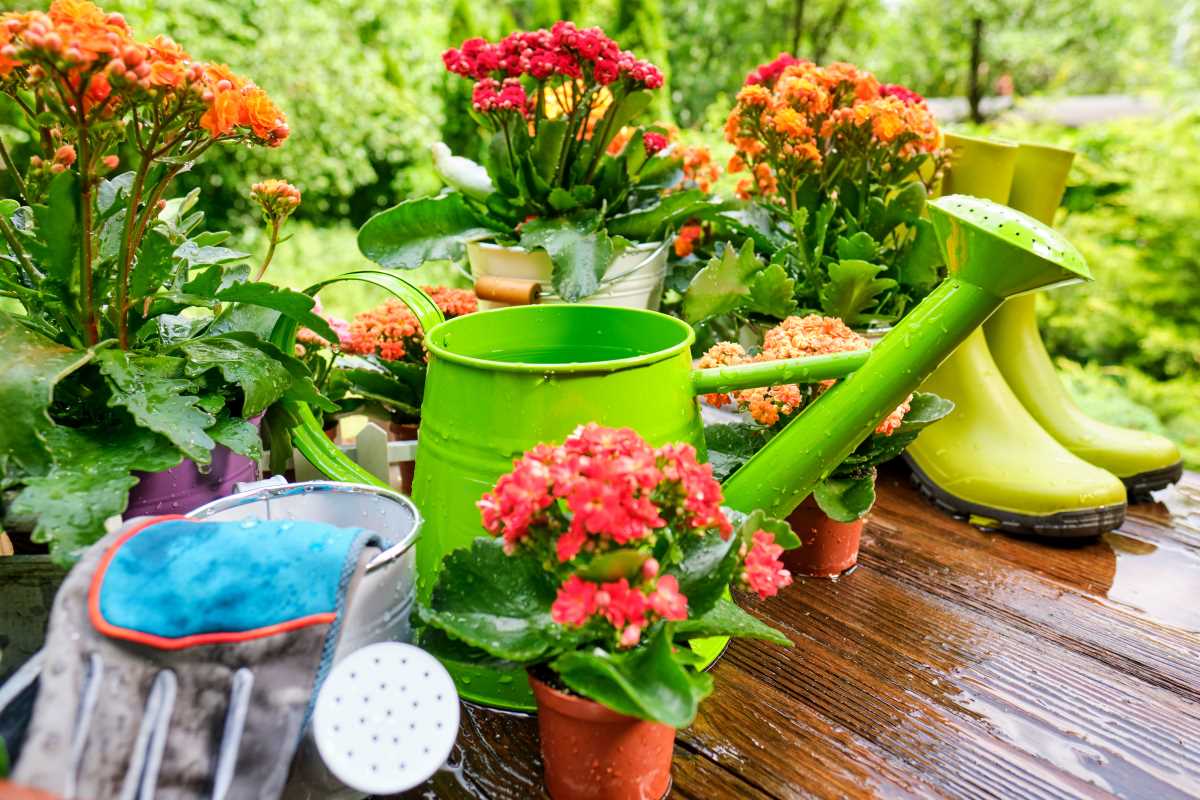Gardening is more than just a hobby; it's a wonderful way to engage children with nature, instill a sense of responsibility, and teach them about the environment. With so many screens vying for their attention, it’s essential to find creative ways to encourage kids to step outside and enjoy the fresh air. Gardening activities promote physical activity and offer valuable learning experiences about plants, insects, and the ecosystem.
The Benefits of Gardening for Kids
Before diving into specific activities, it’s worth noting the numerous benefits that gardening can offer children. Gardening helps develop fine motor skills as kids dig, plant, and harvest. It encourages healthy eating habits by introducing them to fresh fruits and vegetables. Being outside in nature can reduce stress and anxiety, making gardening a great way to support mental health. Additionally, gardening fosters a sense of accomplishment and responsibility as children see their efforts yield tangible results.
Engaging in gardening activities also provides opportunities for scientific exploration. Kids can learn about plant biology, ecosystems, and the importance of pollinators, all while having fun. By connecting with nature, they gain a deeper appreciation for the environment and the role they play in it.
Starting Your Family Garden
Before embarking on specific gardening activities, it’s important to set up a family garden that can serve as a foundation for all the fun to come. Choose a spot in your yard that receives ample sunlight and has good soil. If you don’t have a yard, consider using containers or vertical gardens on balconies or patios.
Involve your children in the planning process. Discuss what types of plants they would like to grow. Flowers, vegetables, and herbs are all great options. Allow them to help choose seeds or seedlings at the local nursery, giving them a sense of ownership over the garden.
Fun Gardening Activities for Kids
1. Planting a Rainbow Garden
Introduce children to the concept of color in nature by creating a rainbow garden. This activity can be both visually appealing and educational. Gather seeds or plants in a variety of colors—red tomatoes, orange marigolds, yellow sunflowers, green peppers, blue lobelia, and purple eggplants. As you plant, discuss the colors and their significance in nature.
Encourage kids to arrange the plants in a way that creates a visual gradient or a pattern. This activity promotes creativity while teaching them about the different types of plants and their growing requirements. As the plants grow, children will take pride in their colorful creation.
Creating Garden Art
Get your kids excited about their garden by incorporating art into the experience. Use stones, pebbles, or wood to create garden markers. Kids can paint the markers with the names of the plants they’ve grown or decorate them with fun designs. This allows them to express their creativity while learning about plant identification.
You can also encourage children to make scarecrows using old clothes and garden stakes. Let them personalize their scarecrows with hats and accessories. Not only does this activity foster creativity, but it also serves a practical purpose in keeping birds away from the garden.
3. Starting a Butterfly Garden
Invite children to explore the importance of pollinators by creating a butterfly garden. Research flowers that attract butterflies, such as milkweed, coneflower, and butterfly bush. Plant these flowers in a sunny area of your garden, and encourage your kids to observe the butterflies that visit.
To enhance this activity, create a butterfly journal where children can document the different species they spot, along with drawings and notes about their behavior. This not only fosters observation skills but also educates them about the vital role butterflies play in the ecosystem.
4. Designing a Sensory Garden
A sensory garden is an excellent way to engage children’s senses. Involve them in selecting plants that provide various textures, scents, and colors. Consider adding fragrant herbs like mint and basil, soft plants like lamb’s ear, and colorful flowers. Encourage kids to interact with the plants using their senses. They can feel the different textures, smell the herbs, and observe the colors. This activity is not only fun but also reinforces sensory exploration and helps develop observation skills.
5. Gardening Science Experiments
Combine gardening with science by conducting simple experiments. For instance, you can explore the concept of photosynthesis by placing different plants in varying light conditions. Have children document their observations and discuss how light affects growth.
Another fun experiment is to grow plants in different types of soil. Use potting soil, sand, and garden soil, and plant the same seeds in each type. Kids can monitor the growth of the plants and discuss which soil type produced the best results. This hands-on learning reinforces scientific concepts while keeping kids engaged.
6. Herb and Vegetable Planting
Introduce kids to the joys of cooking by planting a small herb or vegetable garden. Allow them to choose their favorite herbs, such as basil, parsley, or cilantro, and vegetables like cherry tomatoes or peppers. Teach them about the growing process, from seed to harvest.
Once the plants are established, involve your children in the cooking process. Use the herbs and vegetables from the garden to create simple recipes together. This activity not only promotes healthy eating but also gives kids a sense of accomplishment as they see their hard work transform into delicious meals.
7. Building a Birdhouse
Encourage wildlife to visit your garden by building a birdhouse together. This activity provides an opportunity for kids to learn about different bird species and their habitats. Purchase a birdhouse kit or gather materials to create your own. Once the birdhouse is complete, hang it in your garden and observe the birds that come to visit. Kids can keep a birdwatching journal, documenting the different species they see and learning about their behaviors. This activity nurtures a sense of curiosity about nature and wildlife.
8. Organizing a Garden Scavenger Hunt
Make gardening an exciting adventure by organizing a scavenger hunt. Create a list of items for your children to find in the garden, such as specific plants, insects, or even garden tools. This activity encourages exploration and observation skills.
You can make it educational by including items that require them to identify different types of leaves, flowers, or bugs. As they find each item, encourage them to learn about its role in the garden ecosystem. This interactive activity fosters a sense of curiosity and wonder about nature.
9. Seasonal Gardening Activities
Gardening is a year-round activity, and each season offers unique opportunities for engagement. In the spring, focus on planting seeds and nurturing young plants. During the summer, explore the joys of harvesting and tasting fresh produce. In the fall, encourage kids to collect seeds for next year’s planting or to decorate the garden with pumpkins.
Winter can be a time for planning and dreaming about next year’s garden. Consider starting an indoor herb garden or conducting experiments with paper whites or other bulbs. This continuous engagement keeps children connected to gardening and helps them understand the seasonal cycles of nature.
10. Hosting a Garden Picnic
Celebrate the fruits of your labor by hosting a garden picnic. Invite family and friends to enjoy the bounty of your garden. Kids can help prepare simple dishes using harvested vegetables and herbs, like salads or sandwiches.
During the picnic, encourage children to share their gardening experiences and what they learned. This reinforces their sense of accomplishment and encourages social interaction. A garden picnic not only provides a fun outing but also helps kids appreciate the rewards of their hard work.
11. Creating a Garden Journal
Encourage kids to document their gardening journey by creating a garden journal. Provide them with a notebook to record planting dates, growth progress, and observations. They can also include sketches or photographs of their plants. Using a journal fosters creativity and helps children develop writing and observation skills. It also allows them to reflect on their gardening experiences, making connections between their efforts and the results they see. This practice promotes mindfulness and appreciation for the natural world.







